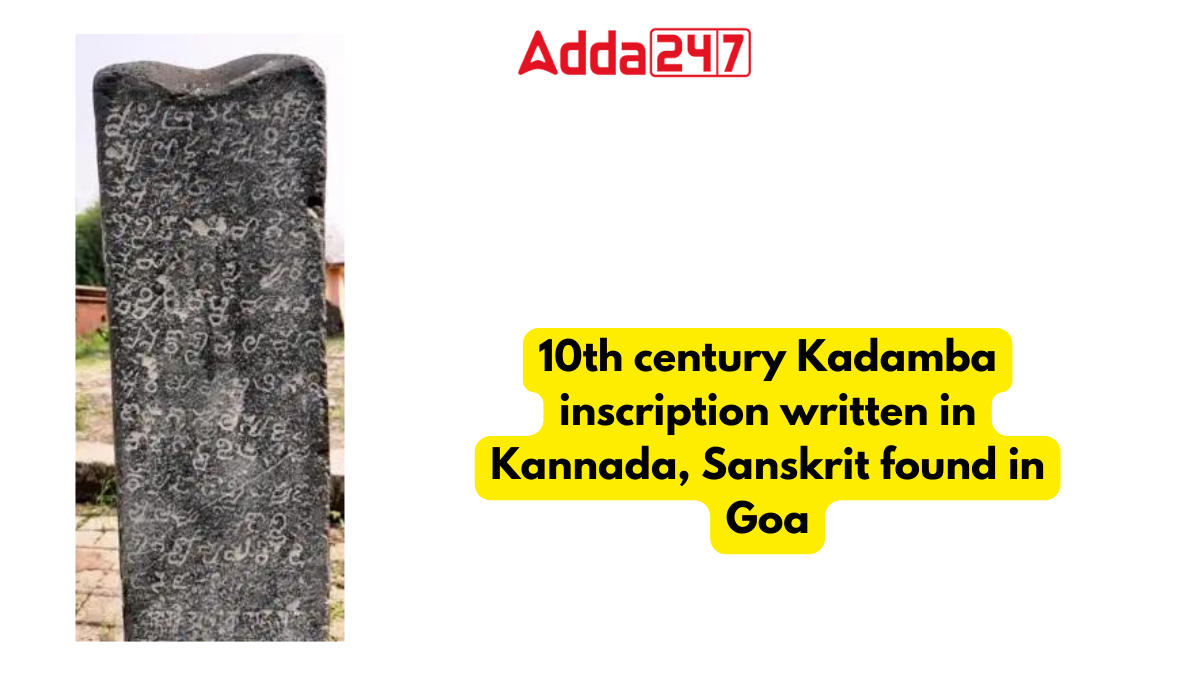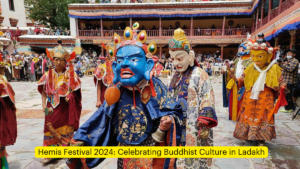In a remarkable archaeological discovery, an inscription dating back to the 10th century A.D. has been found in the Mahadeva temple at Cacoda in southern Goa. The inscription, written in both Kannada and Sanskrit, sheds light on a historical episode during the Kadamba period, providing valuable insights into the region’s past.
Discovery and Study
Retired associate professor T. Murugeshi, specializing in ancient history and archaeology at Mulki Sundar Ram Shetty College in Udupi district, meticulously studied the inscription. The discovery was brought to light by environmentalist Rajendra Kerkar, highlighting the collaborative effort in uncovering this historical gem.
Epigraphic Details
The inscription is engraved in both Kannada and Nagari characters, showcasing the linguistic diversity of the region during the 10th century. Professor Murugeshi’s analysis suggests a connection to the Kadambas of Goa, who were the reigning power in the region during that period.
Historical Narrative
The inscription narrates a significant historical event during the rule of Talara Nevayya, who governed the Mandala region. Talara Nevayya’s son, Gundayya, devoted himself to realizing his father’s ambition of capturing Gopura, the port of Goa. Tragically, Gundayya lost his life in a valiant pursuit of this goal. The inscription serves as a poignant record of this historical episode.
Kadamba-Shasthadeva’s Triumph
In 960 A.D., Kadamba Shasthadeva achieved a notable conquest by capturing the city of Chandawar in Goa. Subsequently, he seized the strategically important port of Gopakapattana. This victory marked a significant chapter in the Kadamba rule, further solidifying their dominance in the region.
Historical Context
Professor Murugeshi delves into the historical context, outlining the intricate relationship between the Kadambas of Goa and the Chalukyas of Kalyana. Kadamba Shasthadeva, appointed as Mahamandaleshwara of Goa by Chalukyan emperor Tailapa II, played a pivotal role in overthrowing the Rashtrakutas. This historical link adds depth to our understanding of the political dynamics during that period.
Important Questions Related to Exams
1. Where was the 10th century inscription discovered?
(a) Mahadeva temple in Cacoda, north Goa
(b) Mahadeva temple in Cacoda, south Goa
(c) Kadamba dynasty palace in Belgaum
(d) Chalukya dynasty palace in Pattadakal
2. What languages was the inscription written in?
(a) Kannada only
(b) Sanskrit only
(c) Kannada and Sanskrit
(d) Tamil and Prakrit
3. Who ruled the Mandala region during this period?
(a) Chalukyas of Kalyana
(b) Rashtrakutas
(c) Kadambas of Goa
(d) Hoysala dynasty
4. What was the historical event narrated in the inscription?
(a) Construction of the Mahadeva temple
(b) Coronation of a new Kadamba king
(c) Gundayya’s conquest of Gopura port
(d) Alliance between the Kadambas and Chalukyas
5. How did Gundayya meet his end?
(a) Natural causes
(b) Palace intrigue
(c) Battle for Gopura port
(d) Religious persecution
Kindly share your responses in the comment section.



 UNESCO Expands World Network of Biospher...
UNESCO Expands World Network of Biospher...
 Pench Tiger Reserve Embraces AI for Enha...
Pench Tiger Reserve Embraces AI for Enha...
 Hemis Festival 2024: Celebrating Buddhis...
Hemis Festival 2024: Celebrating Buddhis...
